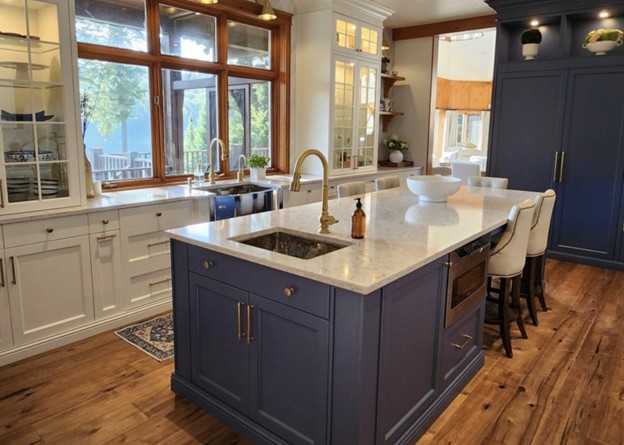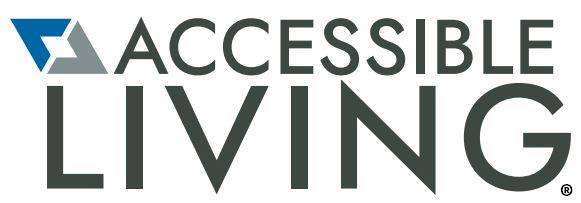 As the demand for accessible homes continues to rise, design professionals are increasingly tasked with integrating accessibility features into residential projects. With an aging population and a growing focus on inclusivity, functional modifications are no longer optional — they’re essential.
As the demand for accessible homes continues to rise, design professionals are increasingly tasked with integrating accessibility features into residential projects. With an aging population and a growing focus on inclusivity, functional modifications are no longer optional — they’re essential.
However, there are persistent myths that can prevent optimal decision-making for designers and architects. These include:
Myth 1: Accessible modifications compromise aesthetics
Reality: Accessibility and design excellence can coexist beautifully. Innovative materials and thoughtful design approaches allow for spaces that are both highly functional and visually appealing. From custom cabinetry with pull-down shelves to sleek, easy-to-use hardware, the days of sterile, institutional-looking modifications are long gone. Design professionals can prioritize form and function without compromise.
Myth 2: Accessibility is only a concern for aging populations
Reality: Accessibility should be a priority for people of all ages and abilities. While aging-in-place is a significant driver, accessible design benefits a much broader range of users. Families with young children, individuals recovering from surgery, or those with temporary disabilities all benefit from a well-planned, accessible environment. Designers who embrace universal design principles future-proof homes and make them usable for a wider audience.
Myth 3: Accessible features are expensive and hard to implement
Reality: The misconception that accessibility comes with an excessive price tag is outdated. Advances in smart technology and modular design have made many accessibility solutions affordable and adaptable. Features like roll-in showers, adjustable-height counters and voice-activated controls can be integrated seamlessly and cost-effectively, especially when included in the early planning stages.
Myth 4: Accessible modifications reduce property value
Reality: Homes with thoughtfully integrated accessibility features may attract a broader market. As inclusivity and aging-in-place become mainstream, buyers are increasingly prioritizing properties that offer flexibility in their living arrangements. Designers who incorporate accessibility without compromising aesthetics often increase both the livability and the long-term value of a property.
Myth 5: Accessible design is too trendy and will lose relevance
Reality: This is a myth that couldn’t be further from the truth. Accessibility is not a trend; it’s an essential part of inclusive design moving forward. Design professionals who embrace accessibility are setting new standards that will endure as the norm in the industry. With increased demand for adaptive and flexible spaces, accessible design is positioned to be a defining characteristic of modern architecture.
For design professionals, understanding these myths is key to leading the charge in accessible design. Clearing up these misconceptions allows designers to create spaces that are not only beautiful but truly serve all users, regardless of ability.
Ryan M. Grambart is the founder and CEO of World CopperSmith, bringing decades of expertise in the remodeling industry.
Photo courtesy of World CopperSmith

